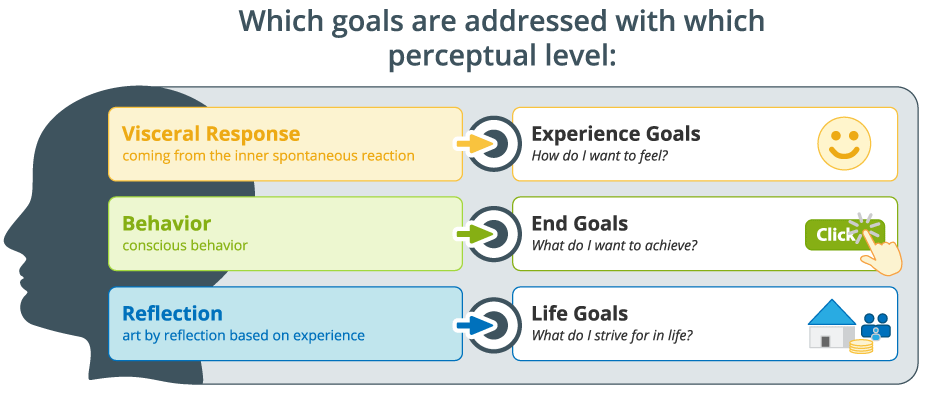To provide effective and useful support it would be great for us to accompany you on a typical work day. We could find out how you use our tools and ask you questions about your working environment, your goals and your experiences of using our tools. We could also test the usability of newly implemented functions.
Sadly, that’s not possible. Having external staff keep your own people from working and potentially having access to internal project data is a risk no company wants to accept. Instead, let’s turn to a realistic and very effective solution to include user experiences in development processes of software tools: personas.
Personas come in really handy when it comes to designing user interfaces. A persona is not a real person. It is a model, and a very powerful one.
The Story of Personas
Alan Cooper, a noted pioneer software developer and widely recognized as the “Father of Visual Basic” developed a concept focusing on behavior of generalized users. Cooper first described the concept in 1995. A persona is an imaginary model of a group of persons with specific character properties, in other words a representation of the goals and behavior of a hypothesized group of users. A persona is not a real person, not a stereotype, not a role or a profession. Personas are based on behavioral patterns, mental models and goals of real users. Personas are created as a result of the collected knowledge about real-world users.
How Did microTOOL Proceed in Creating Personas?
We asked our colleagues in consulting, support and sales. A lot can be learned about goals, motivation, environment and approach from the people working with our tools on a daily basis. We began to elicit this knowledge, with a lot of creativity and an interactive approach. The result: Stefan and Birgit, two personas representing: you, our potential customers.
How Many Personas Should You Create?
The final number of personas depends on how many personas you want and can work with simultaneously. Our project focused on tool development for model-based development, and we decided that two personas would suffice, one software developer, age 34 (Stefan) and one systems architect, 42 (Birgit). We added photos and a social environment.
What happened then is an integral part of the persona concept: We began to tell each other stories about Stefan and Birgit. About things that are important to them, what they do on the weekend and in their free time.
We then focused on the operating experience, the actual working environment and other tools used by them. Finally we arrived at the most important element of the persona concept: goals. Goals are important because everything you do has a specific purpose. They are reason you do what you do. Looking for user goals we went back to Cooper’s research, which mentions three types of goals:
- Experience Goals: This goal is concerned with the following question: How does the user want to feel? Example: Every user wants to have the feeling of being in control of the application, not vice versa.
- End Goals: Here, the question is: What does the user want to achieve by using the application? End goals are professional goals.
- Life Goals: This goal is concerned with the following questions: What motivates the user, what does he or she strive for?
Good user interface design means supporting the user in reaching his or her goals. Cooper decided to go with this classification because it corresponds to three cognitive processes (see below) and thus may help the user interface designer develop an intuitive and accessible GUI.
What Advantages Do Personas Offer?
Personas are an excellent means of communication. They facilitate the solution finding process and help to decide on alternative approaches. Working on software tools shows times and again that there is no such thing as the user. Instead, individuals use individual functions and all oft hem have their own approach. Personas contribute to the solution finding process in multiple ways when implementing a function.
The Presence of Personas
We noted down the most important insights about our personas on small cards which we attached to posters and placed these posters in the team room.
Now, the users of our products are always present. Not only user interface designers and user interaction designers are but also software developers are “confronted” with them on a daily basis, making the development process more vivid and reality-based. Mind you, Stefan and Birgit are not caricatures. We treat them with respect and in all seriousness, like we do with real users.
Personas can be used in a variety of ways, e.g. in software and product development, in requirements engineering, service, sales, in marketing or even in corporate planning. The idea of personas is universal and facilitates empathy for users. And working with personas is fun, too!
Personas still have a huge potential for requirements engineering in product development at microTOOL.


